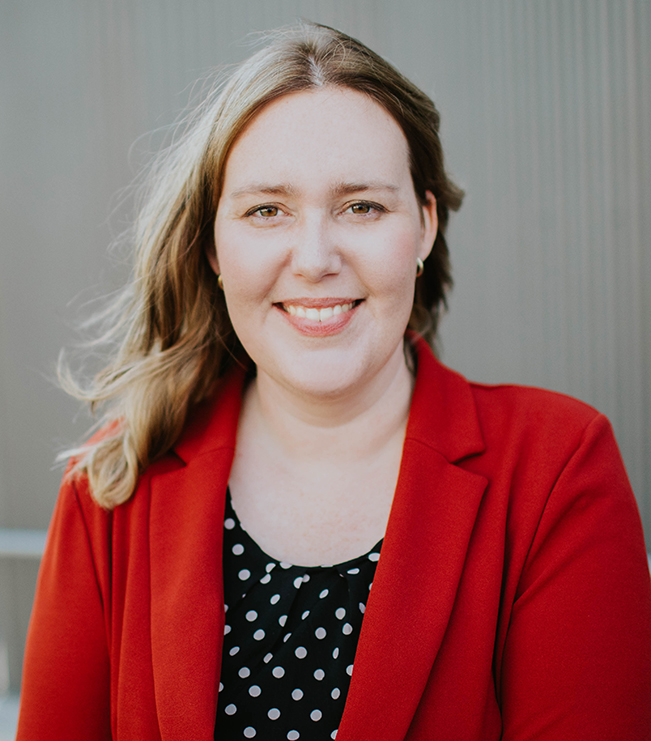 INSIGHTS
INSIGHTS
What Farmers Need to Know About the One Big Beautiful Bill Act’s Impact on Agriculture
by Meaghan Greydanus, CPA, MPACC & Todd Burgers, CPA
ARTICLE | August 15, 2025
|
The “One Big Beautiful Bill Act” (OBBB) is a big, all-in-one law that combines a lot of programs farmers rely on—things like price supports, insurance, and even tax breaks—into one package. It makes changes that could affect everything from what you grow and how you protect it, to how you plan for equipment purchases, land sales, or passing the farm to the next generation.
|
Key Commodity Program Changes
Federal commodity programs have long been a linchpin of farm policy, offering support when market prices dip or revenue declines. Under OBBB, several important revisions aim to improve predictability and coverage.
Better Price Protection: The Price Loss Coverage (PLC) and Agricultural Risk Coverage (ARC) programs now use higher“trigger” prices, so payments are more likely when crop prices fall. For the 2025 season, you’ll automatically get whichever program pays more—no need to choose.
Chance to add Base Acres: Starting in 2026, up to 30 million acres nationwide can be added into base acre programs. If you grew certain crops from 2019–2023 but never had base acres, you might qualify for program payments. You’ll need to show planting records, and if too many people sign up,
the acres get split fairly among applicants.
Dairy Margin Coverage (DMC): Coverage expands to protect up to 6 million pounds of milk. You can pick your best production year from 2021–2023 as your baseline, and multiyear sign-ups can mean lower premium.
Loan Programs for Crops: Marketing assistance loans— helping you get cash flow before selling crops—are extended through 2031, with higher minimum loan rates to better match today’s market.
Crop Insurance Enhancements
New farmers now have 10 years (instead of five) to get extra help paying insurance premiums, with the biggest breaks in the first four years. Subsidies are up for everyone, so coverage should cost less out-of-pocket. You can now add certain “extra coverage” options no matter which safety net program you use. Area-based insurance can now cover up to 95% of expected yields, and livestock producers get a new pilot program to help with spikes in utility costs.
Conservation and Rural Development
Money from past federal programs is being shifted into longterm funding for popular conservation programs like EQIP, CSP, and ACEP. This helps with soil health, water quality, and wildlife habitat. Feral hog control projects continue. Some rural development and forestry projects will likely come in separate bills later.
Tax and Money-Saving Changes for Farmers
Current Tax Rules Stick Around: The more favorable income tax brackets, higher standard deductions, and the 20% business income deduction are now permanent. That means less guessing from year to year.
Passing the Farms to the Next Generation:The amount you can leave without paying estate tax jumps to $15 million per person ($30 million for a couple), adjusted for inflation. This can help keep farmland in the family without selling acres to pay the IRS.
Equipment and Building Purchases: You can now write off up to $2.5 million of equipment, barns, or other improvements the year you buy them. And starting in 2026, you’ll again be able to deduct the full cost of qualifying property all at once—no waiting years to write it off.
Selling Land to Another Farmer: If you sell farmland to a qualified farmer and agree to keep it in farming for at least 10 years, you can spread out the capital gains tax bill over four years instead of paying it all in one go.
Renewable Energy Opportunities: Tax credits for making biofuels like ethanol and biodiesel are extended, which could mean more demand for crops like corn and soybeans.
Help for Livestock Producers
Livestock Indemnity Program (LIP) now pays full market value for animals lost to predators. Weather and disease losses still pay at 75%, but now include unborn livestock. The Livestock Forage Program (LFP) starts sooner in drought conditions. More funding will go toward vaccine banks and fast disease response.
Support for Speciality and Organic Producers
Funding doubles for specialty crop research and increases for marketing and development grants. Organic growers can still get help covering certification costs. More trade promotion funding should open new markets for high-value crops overseas.
What to Do Now
- Check base acre records – see if you can add acres in 2026.
- Review your crop insurance – new options might make sense.
- Plan major purchases – take advantage of higher write-offs.
- Update your succession plan – use the higher estate tax limits.
- Watch for livestock and dairy sign-up deadlines.
Bottom Line
The OBBB changes a lot of the safety net for farmers—better price supports, cheaper insurance, new opportunities for land and equipment planning, and more funding for conservation and specialty crops. Taking time now to adjust your plans could mean more money in your pocket and more security for your farm in the years ahead.
Larson Gross is here to walk you through these changes and help you make the most of them for your operation. Please contact us to learn more at 800-447-0177.
Let's Talk!
Call us at (360) 734-4280 or fill out the form below and we'll contact you to discuss your specific situation.

Meaghan Greydanus, CPA
Parnter, Larson Gross Advisors
A native of Gig Harbor, Washington, Meaghan completed her Master of Professional Accounting in Taxation at the University of Washington. She’s connected with various professional organizations including the Washington Society of CPAs and the American Institute of Certified Public Accountants. Her primary areas of accounting are tax research, tax planning, partnership, corporate, individual, and estate taxation.

Todd Burgers, CPA
Parnter, Larson Gross Advisors
With a degree in accounting from Western Washington University, Todd Burgers joined Larson Gross in 2004 and currently lead the firm’s agribusiness practice.
Specializing in financial clarity for agricultural producers and processors in the Pacific Northwest, Todd works with diverse clients, from large enterprises to family-owned entities. His expertise encompasses agricultural tax legislation, tax planning, and consulting on operational challenges.
Outside of work, Todd has a personal connection to farming and agriculture and now balances family time with his wife, Nicole, and their two kids and dogs.
